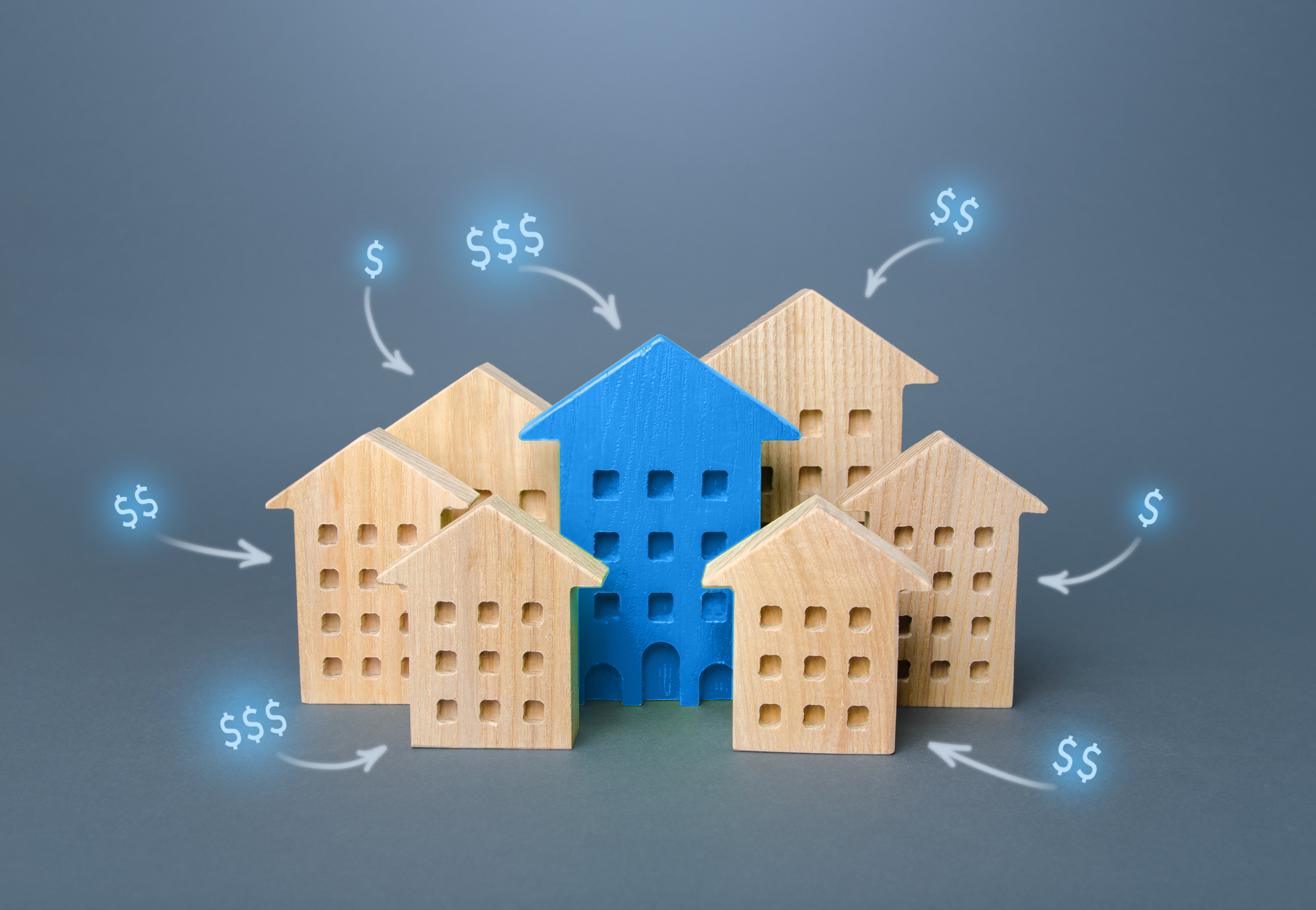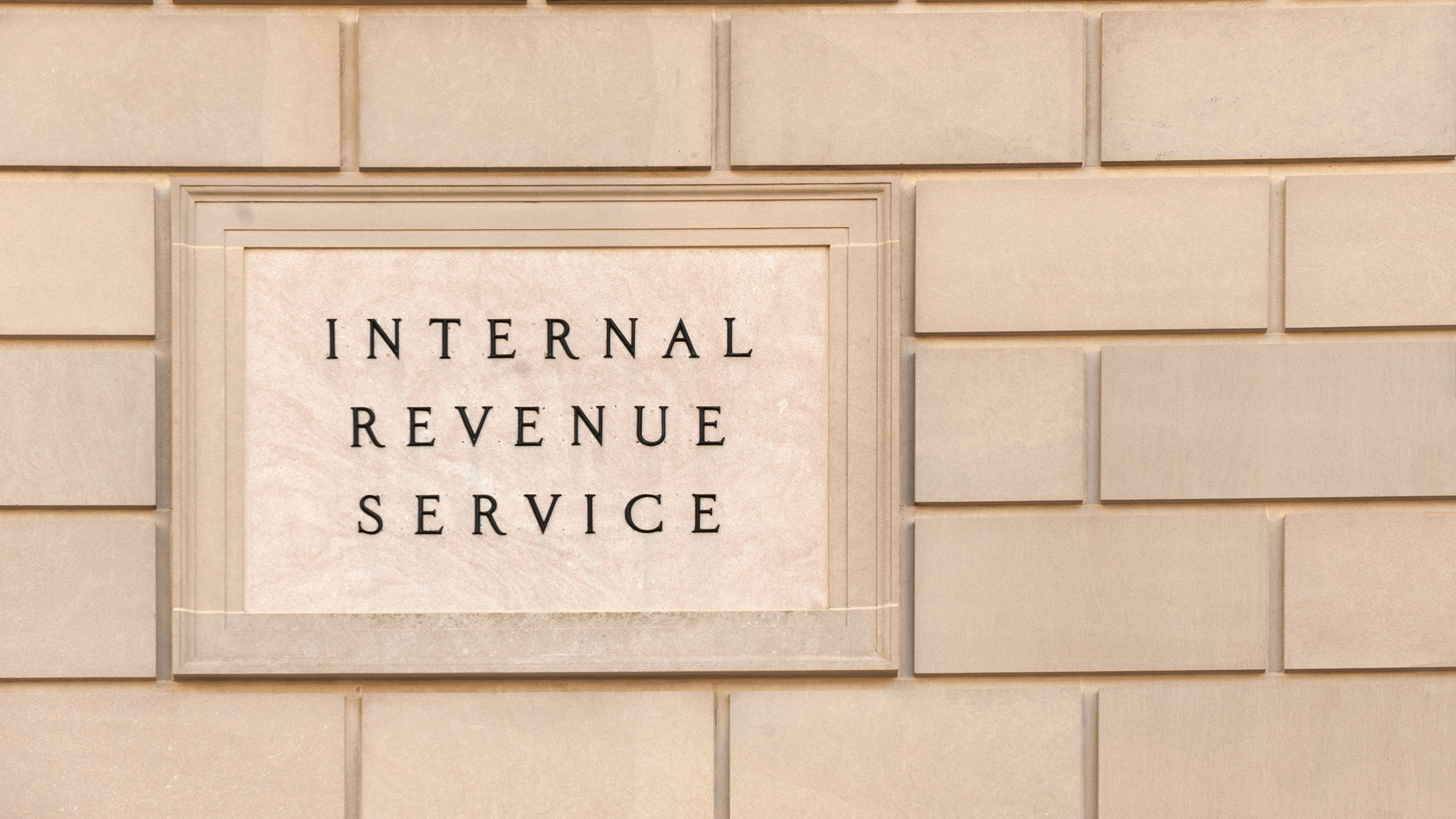Retirees Face a Growing Capital Gains Tax Trap: What's Next?
A changing housing market and unchanged IRS exclusion amounts can add up to a headache for many homeowners. Will Congress offer a fix?


For many retirees, the home they’ve lived in for decades is their single largest asset and a cornerstone of retirement security. Yet rising property values — paired with a capital gains tax rule that hasn’t changed in nearly 30 years — are leaving more older adult homeowners feeling stuck.
The problem: if you sell, the tax bill on decades of appreciation could be massive. If you stay, you may forgo downsizing, relocating, or unlocking substantial home equity to fund retirement.
Part of the dilemma stems from the federal capital gains exclusion on primary home sales.
From just $107.88 $24.99 for Kiplinger Personal Finance
Become a smarter, better informed investor. Subscribe from just $107.88 $24.99, plus get up to 4 Special Issues

Sign up for Kiplinger’s Free Newsletters
Profit and prosper with the best of expert advice on investing, taxes, retirement, personal finance and more - straight to your e-mail.
Profit and prosper with the best of expert advice - straight to your e-mail.
Under IRS rules, homeowners can generally exclude $250,000 in profit from federal tax if they are single, or $500,000 if they are married and filing jointly, which is a relatively generous tax break. However, those limits haven’t been updated since they were established in 1997. In that time, home prices in many affluent markets have tripled or more.
As a result, an increasing number of retirees are being hit with capital gains tax bills when they sell their homes. But some lawmakers in Congress want to change that. Here's more to know.
An outdated cap in a changed housing market
If the home sale tax exclusion had kept pace with inflation, today’s caps would be roughly $660,000 for individuals and $1.32 million for couples. Instead, fixed thresholds mean that more sellers face long-term capital gains rates of up to 20% every year.
Don’t forget about the 3.8% Net Investment Income Tax (NIIT) for high earners, and in some places, potentially steep state taxes on gains exceeding those caps.
According to the National Association of Realtors (NAR), nearly one-third of U.S. homeowners — about 29 million people — now have gains on their primary residences that exceed the $250,000/$500,000 exclusion. That share is reportedly projected to rise to more than half of all homeowners by 2030.
Additionally, recent data suggest that approximately 44% of U.S. homeowners are 60 or older, which includes many retirees. The tax burden is especially notable in states like California, Massachusetts, and Colorado, and in neighborhoods that have been transformed by strong demand.
Another concern: More long-time owners facing six-figure tax bills fuels a “lock-in” effect. That effect can cause retirees to hold onto properties they might otherwise sell, which in turn limits housing supply and, in some cases, delays life transitions.
Capital gains tax reform on the way?
Enter the No Tax on Home Sales Act, introduced by Rep. Marjorie Taylor Greene (R-Ga.), which would eliminate federal capital gains taxes on the sale of primary residences.
Greene frames the current tax as “an outdated, unfair burden” that punishes families for building equity. If approved, the bill would:
- Eliminate the existing $250,000/$500,000 limits for primary residence gains
- Apply only to primary homes, not vacation/second homes or investment properties, or house flipping transactions
“Families who work hard, build equity, and sell their homes should not be punished with massive tax bills. The capital gains tax on home sales is an outdated, unfair burden — especially in today’s housing market, where values have skyrocketed. My bill fixes that.” Greene stated in a release regarding the proposal.
Supporters, including President Donald Trump, say the bill would stimulate the housing market by encouraging mobility and enhancing retirement flexibility for older adults with significant unrealized gains. Some critics argue that the benefits would disproportionately favor wealthier homeowners and potentially lead to reduced federal revenue.
During a press briefing, Trump told reporters he was “thinking about eliminating the tax on capital gains from houses,” when asked whether he was considering the proposal to stimulate the market.
Another proposal is floating around Congress. The "More Homes on the Market Act" was reintroduced by Rep. Jimmy Panetta (D-Calif.) in February 2025 with a group of bipartisan cosponsors.
- The act's primary goal would be to double the capital gains exclusion on the sale of a primary residence, increasing it to $500,000 for individuals and $1 million for married couples.
- Supporters argue an update is long overdue, since the current exemption levels were set in 1997 and haven't kept pace with soaring home values.
A rationale behind this bill is that reducing the tax penalty for selling may prompt more homeowners to list their properties.
"Due to outdated limitations on home sale gain exclusions, homeowners who are looking to downsize are discouraged from selling their homes, which can stifle our real estate market and contribute to a lack of housing supply," Rep. Panetta stated in a release regarding the bill.
"Increasing this exclusion through the bipartisan More Homes on the Market Act will make it easier for homeowners to earn more from their investment, which will incentivize them to sell and increase the amount of homes on the market,” he added.
Whether these or other related measures advance in Congress remains to be seen. However, the proposals underscore the importance of homeowners acting strategically under current tax rules.
Home sale gain exclusion: Navigating current law
Section 121 of the Internal Revenue Code generally allows a federal tax exclusion if you’ve owned and lived in the home for at least two of the last five years and haven’t claimed it on another sale within that period. Anything above the threshold is taxable at normal capital gains tax rates.
So, if you’re above the existing thresholds, here are some strategies to consider:
Document Your Basis. Keep records of significant renovations and improvements. These can increase your cost basis (i.e., the original purchase price plus the cost of significant improvements, but not repairs or maintenance) and lower your taxable gain when you sell.
Time Your Sale. The exclusion can be used once every two years. So, carefully spacing sales could shield more total gains from tax.
Coordinate With Income. Avoid selling in a high‑income year that could push you into a higher federal income tax bracket or trigger Medicare IRMAA surcharges.
Integrate Estate Planning. Hold the property until death, which allows heirs a step‑up in basis to fair market value at the date of death. This can reduce or eliminate taxable capital gains for your loved ones if the property is subsequently sold.
Of course, consult a trusted tax or finance professional to devise an approach that makes sense for your situation.
Read More
- No More Capital Gains Tax on Home Sales Coming Soon?
- Capital Gains Tax Exclusion for Homeowners: What to Know
- 2025 Capital Gains Tax Rates for 2025
- More Homeowners Stuck With Capital Gains Tax Bills
Note: This item first appeared in Kiplinger’s Retirement Report, our popular monthly periodical that covers key concerns of affluent older Americans who are retired or preparing for retirement. Subscribe for retirement advice that’s right on the money.
Profit and prosper with the best of Kiplinger's advice on investing, taxes, retirement, personal finance and much more. Delivered daily. Enter your email in the box and click Sign Me Up.

Kelley R. Taylor is the senior tax editor at Kiplinger.com, where she breaks down federal and state tax rules and news to help readers navigate their finances with confidence. A corporate attorney and business journalist with more than 20 years of experience, Kelley has covered issues ranging from partnerships, carried interest, compensation and benefits, and tax‑exempt organizations to RMDs, capital gains taxes, and income tax brackets. Her award‑winning work has been featured in numerous national and specialty publications.
-
 The Stoic Retirement: Ancient Wisdom for Today's Reality
The Stoic Retirement: Ancient Wisdom for Today's RealityA "Stoic retirement" doesn't mean depriving yourself. It's a character-based approach to life and aging that can bring calm and clarity.
-
 My Teen Crashed His Car and Now Our Insurance Has Tripled. What Now?
My Teen Crashed His Car and Now Our Insurance Has Tripled. What Now?Dealing with the costly aftermath of a teen car accident is stressful. Here are your options for navigating it.
-
 11 Outrageous Ways To Spend Money in Retirement
11 Outrageous Ways To Spend Money in RetirementWhether you have excess cash to spend or want to pretend, here’s a look at 11 ridiculous ways retirees can splurge.
-
 5 Types of Gifts the IRS Won’t Tax: Even If They’re Big
5 Types of Gifts the IRS Won’t Tax: Even If They’re BigGift Tax Several categories of gifts don’t count toward annual gift tax limits. Here's what you need to know.
-
 The 'Scrooge' Strategy: How to Turn Your Old Junk Into a Tax Deduction
The 'Scrooge' Strategy: How to Turn Your Old Junk Into a Tax DeductionTax Deductions We break down the IRS rules for non-cash charitable contributions. Plus, here's a handy checklist before you donate to charity this year.
-
 IRS Says You Made a Tax Return Mistake? A New Law Could Help You Fight Back
IRS Says You Made a Tax Return Mistake? A New Law Could Help You Fight BackTax Law Updated taxpayer protections change what the IRS must explain on error notices and how long you have to respond.
-
 Tax Refund Alert: House GOP Predicts 'Average' $1,000 Payouts in 2026
Tax Refund Alert: House GOP Predicts 'Average' $1,000 Payouts in 2026Tax Refunds Here's how the IRS tax refund outlook for 2026 is changing and what steps you can take now to prepare.
-
 New IRS Changes to FSA Contribution Limits for 2026: What to Know
New IRS Changes to FSA Contribution Limits for 2026: What to KnowHealth Care Flexible Spending Accounts have tax advantages worth looking into, especially in light of new IRS changes.
-
 Is a New $25,000 Health Care Tax Deduction Coming in 2026?
Is a New $25,000 Health Care Tax Deduction Coming in 2026?Tax Policy A proposal from GOP Sen. Josh Hawley adds to the chatter about health care affordability.
-
 Are You Middle-Class? Here's the Most Tax-Friendly State for Your Family
Are You Middle-Class? Here's the Most Tax-Friendly State for Your FamilyTax Tips We found the state with no income tax, low property tax bills and exemptions on groceries and medicine.
-
 Costco Sues Over Trump Tariffs: What Could That Mean for Prices in 2026?
Costco Sues Over Trump Tariffs: What Could That Mean for Prices in 2026?Tariffs The retailer is making headlines not just for its famous hot dog and gold bars but for suing the Trump administration over tariffs.